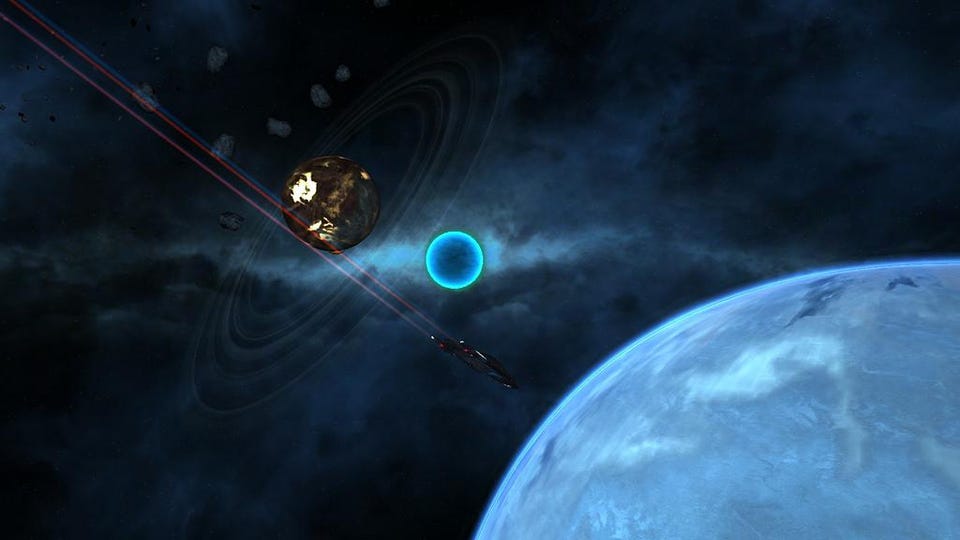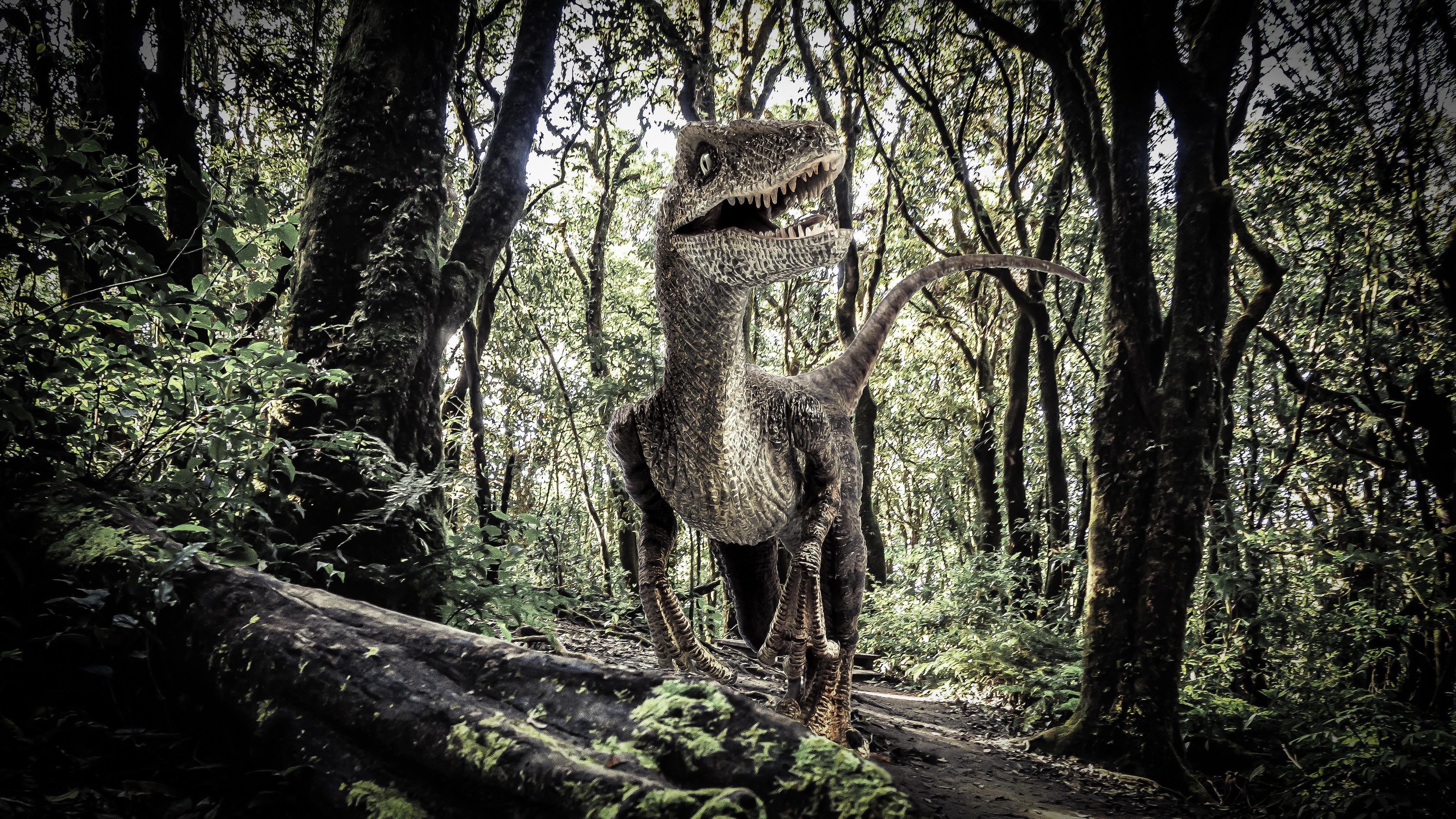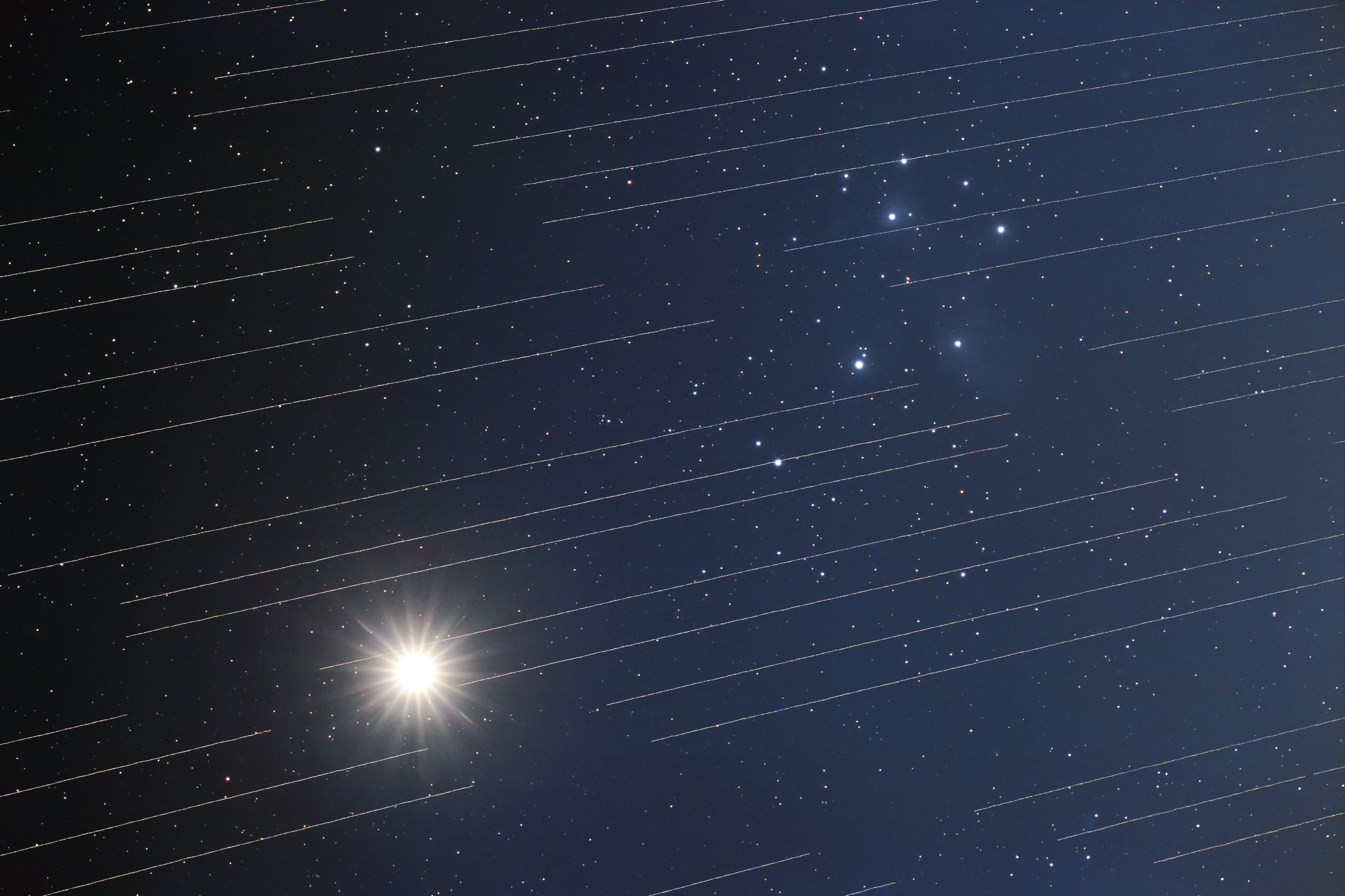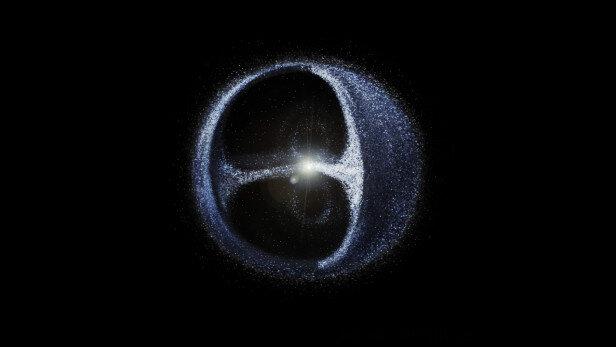Our Solar System’s outer reaches, and what’s in them, was predicted long before the first Oort Cloud object was ever discovered.
Search Results
You searched for: Asteroid
Valles Marineris is the Solar System’s grandest canyon, many times longer, wider, and deeper than the Grand Canyon. What scarred Mars so?
From here on Earth, looking farther away in space means looking farther back in time. So what are distant Earth-watchers seeing right now?
There are two different ways to measure the expansion rate of the Universe, and they don’t agree. And no, new measurements don’t help.
Is history decided by discernible laws or does it unfold based on random, unpredictable occurrences?
New research finds that dinosaurs were already adapted to living in cold climates before the end-Triassic mass extinction. But how?
Earth wasn’t created until more than 9 billion years after the Big Bang. In some lucky places, life could have arisen almost right away.
Life arose on Earth very early on. After a few billion years, here we are: intelligent and technologically advanced. Where’s everyone else?
Flow occurs when a task’s challenge is balanced with one’s skill.
NASA’s space telescopes and observatories bring humanity unrivaled science images and scientific discoveries. Here’s what should be next.
Venus Life Finder could launch as early as 2023.
Shocked city dwellers who stared at it were blinded instantly, then the entire city caught fire.
Aerial drone footage was sent to an AI trained to track down space rocks.
Was there an intelligent, technologically advanced species long before humans existed? Could there have been a dinosaur civilization?
In the early stages of our Solar System, there were three life-friendly planets: Venus, Earth, and Mars. Only Earth thrived. Here’s why.
Ingenuity is remarkable. But these 5 exploration ideas are revolutionary. Telescopes are our initial tools for revealing and studying foreign worlds. Hubble images of Mars, particularly around the regions with […]
In the largest star-forming region close to Earth, JWST found hundreds of planetary-mass objects. How do these free-floating planets form?
More than two years after JWST began science operations, our Universe now looks very different. Here are its biggest science contributions.
And what can it teach us about our Solar System’s earliest days? In many ways, astronomy is unique among the sciences. In every other field, you have the ability to design […]
Based on the atoms that they’re made out of, the innermost planet should always be the densest. Here’s why Earth beats Mercury, hands down.
And if it does strike us, how much damage will it cause? Will near-Earth asteroid Apophis strike us in 2068? Generically, asteroids under ~1 km in size are irregularly shaped, will […]
With such a vast Universe and raw ingredients that seem to be everywhere, could it really be possible that humanity is truly alone?
There’s an entire Universe out there. So, with all that space, all those planets, and all those chances at life, why do we all live here?
Probably not. Even though we’re still investigating the origin of life, the evidence suggests that cells came much later.
The lush biodiversity of South America’s rainforests is rooted in one of the most cataclysmic events that ever struck Earth.
Finding alien technology on the seafloor would be truly incredible. This extraordinary claim, however, is debunked by the actual evidence.
With launch costs dropping and enormous numbers of new satellites filling the sky, can’t we just do it all from space?
It peaks the nights of August 11–13, but it’s no longer the year’s most reliable meteor shower. Every year, beginning in mid-July, planet Earth commences passing through an enormous debris […]
The odds are slim, but the consequences would be literally world-ending. There really is a chance of a black hole devouring the Earth.
Astronomers possibly solve the mystery of how the enormous Oort cloud, with over 100 billion comet-like objects, was formed.





























